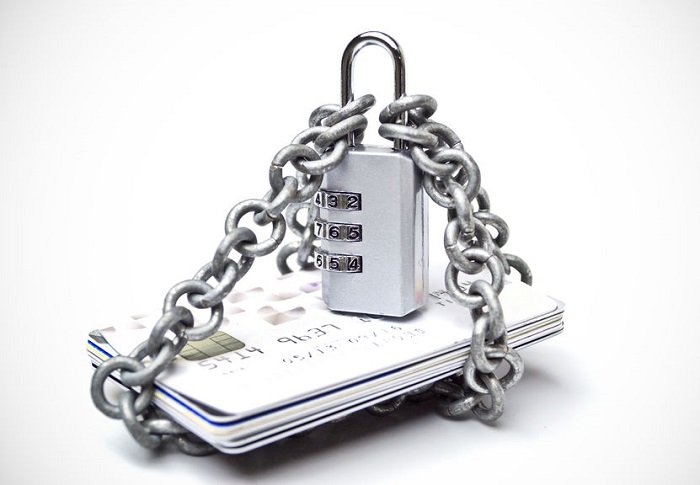E-Commerce and mobile commerce (M-commerce) sales worldwide eclipsed $1.9 trillion in 2016 and are expected to reach $4.0 trillion in the year 2020. That massive amount of growth is sure to bring higher rates of fraud.
So what can merchants expect to see in the way of credit card fraud detection innovation? An expert panel at the Money 20/20 Europe seminar titled New Approaches in Fraud Detection & Prevention in Commerce gave some excellent insight, mentioning:
- Multi-layered practices
- 3D secure 2.0
- PSD2 regulation targeting stronger authentication
- Machine learning
- Fraud insurance models
Hosted by John Doran, a General Partner at TCV, the panelists included Bas Winkel, Senior Director of Financial Operations at online retail giant Bol.com; Melisande Mual, Founder and Editor of The Paypers; Cristina Soviany, CEO of Features Analytics; and Mike Matan, Vice President of Network Engagement at American Express.
Merchants are losing
A quick poll was conducted at the opening of the seminar asking the audience how big a problem, in U.S. dollars, online fraud is today. The audience was presented five options:
- $30 billion
- $3 billion
- $100 billion
- $300 million
- $30 million
The overwhelming majority, answering by text, chose $30 billion (46 percent); and $3 billion (30 percent).
The audience was then asked whether online fraud is a battle that online merchants are winning. The response was once again overwhelming: 91 percent answered no.
In light of such disturbing responses, the remainder of the discussion was focused on credit card fraud detection and what merchants can expect in the next few years.
More credit card use in European countries
It is well known within the payments industry that different countries and regions have different favored payment methods. For example, debit is the preferred payment method in Germany, while Ideal, a guaranteed payment system similar to cash on delivery, is hugely popular in Holland. Credit cards are not widely used in several European countries.
Ms. Mual indicated that may change, simply because the liability lies with the credit card issuer.
PSD2: More emphasis on user authentication
Mr. Matan, the sole member of the panel employed by a major credit card issuer, spoke of PSD2, and how a large piece of PSD2 regulation is emphasis on consumer authentication. He also noted that his company is investing heavily in SafeKey 2.0, AmEx’s version of 3D secure.
3D Secure: High expectations
The criticism of 3D secure – often called a gateway to cart abandonment – is well documented. 3D secure 2.0 is expected to be rolled out by the end of the year and, said Mr. Matan, will be much improved from its original self.
“It’s more intelligent,” he said. “It’s going to solve many of the problems. The new version is designed to minimize interruption. There is a lot more optionally to address these issues.”
Rotating CVV numbers
One credit card fraud detection scheme discussed was the CVV (Card Verification Value) number programmed to rotate every hour, which would involve another rollout of new cards to consumers. Mr. Matan said it is being discussed at American Express.
Machine learning
Ms. Soviany noted that machine learning models through third parties are growing more sophisticated, enabling merchants to apply a ‘fraud score’ to each transaction, adjust settings, to put suspect transactions on hold, and make it custom to a merchant’s business model.
Insurance models
Several companies that offer machine learning settings for credit card fraud detection propose guaranteed protection while absorbing whatever fraud occurs (merchants pay for settings on a sliding pay scale). This enables merchants to examine and perhaps allow transactions that might score higher on a fraud scale while in turn, lowering instances of false positive declines.
Credit card fraud detection is ongoing…for now
Among all the fraud prevention and mitigation schemes discussed in the seminar, the panelists agreed that each business is unique, and that the most effective deterrent is using layers of security. “No tool will solve everything,” Mr. Matan noted. “We need a layered approach on the merchant-network-issuer level. Regulation moves slowly. Criminals move rapidly. We need to be rapidly investing in more types of technology and collaboration.”
What credit card fraud detection strategies do you use? Leave us a comment below.


